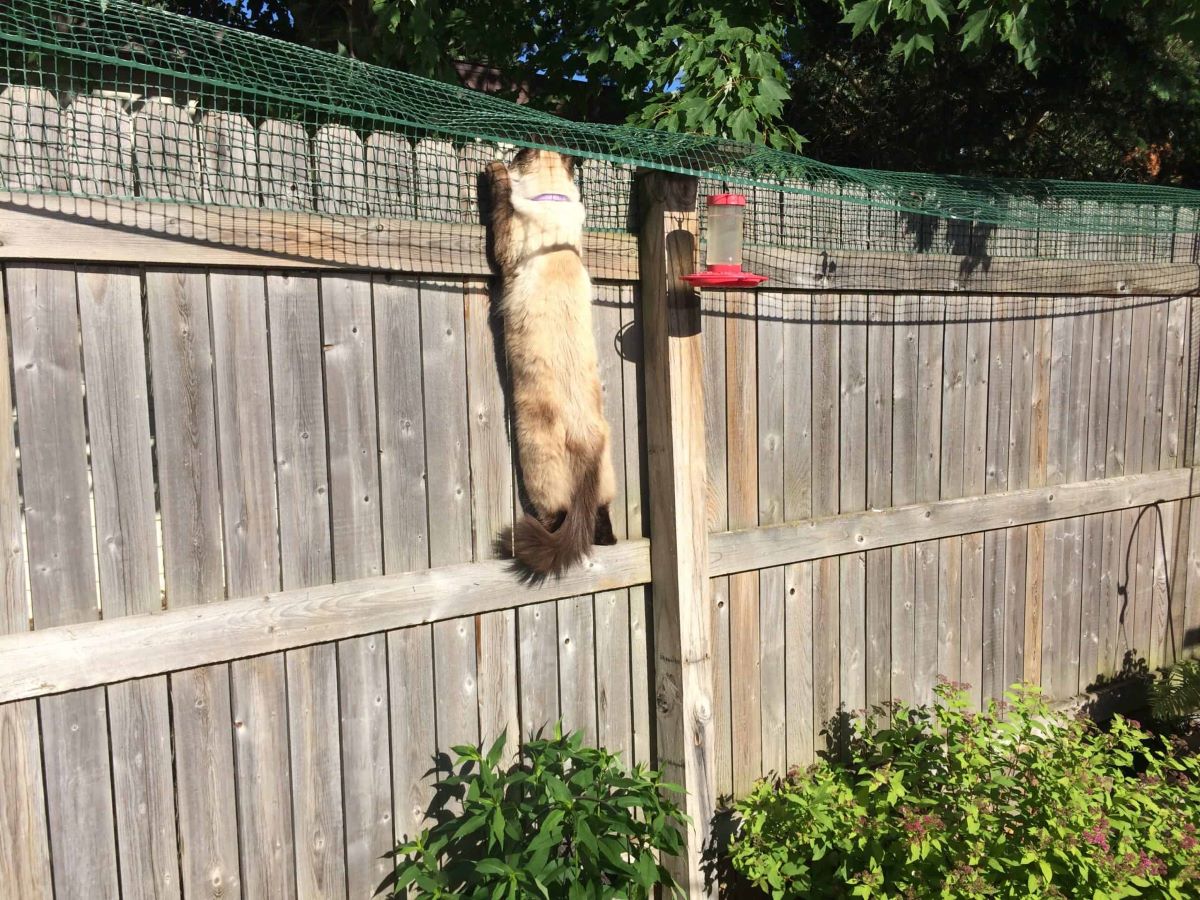

Articles
How To Keep Cats From Jumping Fence
Modified: February 23, 2024
Learn effective ways to prevent cats from jumping over your fence with these informative articles. Discover tips and techniques to keep your furry friends safe and secure in your yard.
(Many of the links in this article redirect to a specific reviewed product. Your purchase of these products through affiliate links helps to generate commission for Storables.com, at no extra cost. Learn more)
Introduction
Welcome to the world of feline escapades! If you’re a cat owner, you know all too well the adventures that your furry friends can embark on. One common challenge many cat owners face is keeping their beloved pets from jumping over fences. While cats are naturally curious and agile creatures, it’s important to ensure their safety and prevent them from wandering into dangerous territory.
In this article, we will explore effective strategies and tips to help you keep your cats from jumping fences. By understanding the reasons behind their escape attempts, evaluating your fence for potential escape routes, using deterrents, implementing physical barriers, and even training your cat, you can create a safe and secure environment for your feline companion.
So, let’s dive in and discover ways to keep your cats from venturing over the fence and ensure their well-being!
Key Takeaways:
- Understanding the reasons behind cats jumping fences is crucial for effective prevention. Curiosity, perceived threats, hunger for prey, and stress can drive their escape attempts.
- Implementing a combination of physical barriers, deterrents, and training can create a safe and enriching environment for cats, preventing escape and promoting their well-being.
Read more: How To Keep Dog From Jumping On Fence
Understanding the reasons behind cats jumping fences
Cats are natural explorers and climbers, which can make keeping them within the boundaries of your property a challenging task. Understanding the underlying reasons behind their desire to jump fences is crucial in addressing this issue effectively.
One common reason cats attempt to jump fences is curiosity. They are naturally curious creatures and are constantly seeking new and exciting experiences. Jumping over a fence provides them with an opportunity to explore the world beyond their immediate surroundings.
Another reason cats may be tempted to jump fences is to escape perceived threats or dangers. This can include loud noises, unfamiliar animals, or even perceived territorial disputes with neighboring cats. Cats may attempt to jump the fence as a means of seeking safety or asserting their dominance.
In some cases, cats may also jump fences to search for food. If they have spotted birds or small prey on the other side of the fence, their hunting instincts may kick in, driving them to take the leap and pursue their potential meal.
Additionally, cats may try to escape over fences if they are feeling stressed or anxious. Changes in their environment, such as the arrival of a new pet or a change in routine, can trigger feelings of unease. Jumping over the fence may act as a coping mechanism to alleviate their stress.
Understanding the reasons behind cats jumping fences allows us to implement effective strategies to address and prevent this behavior. By providing appropriate alternatives, reducing stressors, and creating a secure and enriching environment, we can encourage our cats to remain within the confines of our property.
Evaluating your fence for potential escape routes
Before implementing any deterrents or barriers, it’s essential to evaluate your fence for potential escape routes. Cats are clever creatures and can find even the smallest openings to squeeze through. By identifying these weak points, you can take the necessary steps to reinforce your fence and make it more cat-proof.
Start by inspecting the perimeter of your fence. Look for any gaps or holes where a cat could squeeze through. Pay close attention to areas around gates, where there may be gaps between the gate and the fence itself. Patch up any holes or gaps using durable materials such as mesh wire or wooden panels.
Next, examine the bottom of the fence. Cats are known for their ability to jump and climb, but they can also dig and burrow under fences. Ensure that there are no gaps or openings at ground level that a cat could exploit. Consider burying wire mesh or extending the bottom of the fence into the ground to prevent digging.
In addition to physical openings, assess the height of your fence. Most cats can easily jump over a standard 6-foot fence, so consider increasing the height if necessary. Adding an extension at the top of the fence or installing a cat-proof barrier, such as wire mesh or angled PVC piping, can deter cats from attempting to jump over it.
Take note of any objects near the fence that could potentially aid cats in their escape. For example, if there are trees or structures close to the fence, cats may use them as launching pads. Trim back any overhanging branches and remove any climbable objects near the fence to prevent easy access for cats.
By thoroughly evaluating your fence and addressing any potential escape routes, you can significantly reduce the chances of your cat successfully jumping over it. Remember, the goal is to create a secure and cat-friendly environment that keeps your furry friend safely within the boundaries of your property.
Using deterrents to keep cats away from the fence
If your cat has a proclivity for attempting to jump fences, using deterrents can be an effective strategy to discourage them from getting near the fence in the first place. Deterrents work by making the area unappealing or uncomfortable for cats, deterring them from attempting to jump or climb.
One popular deterrent is the use of motion-activated devices. These devices emit a high-frequency sound or a burst of compressed air when a cat crosses a specific range. The sudden noise or air blast startles the cat and teaches them to associate the fence area with an unpleasant experience, discouraging them from approaching or attempting to jump over it.
Another effective deterrent is the use of scent repellents. Cats have a keen sense of smell, and certain scents, such as citrus or cayenne pepper, are unappealing to them. By spraying these scents near the fence or placing citrus peels around the perimeter, you can create a scent barrier that cats will want to avoid.
Physical deterrents can also be employed to make fence surfaces less appealing for climbing. One option is to attach deterrent strips or rollers along the top of the fence. These strips or rollers are designed to be uncomfortable to walk on, making it difficult for cats to gain a foothold and climb over the fence.
Ultrasonic repellent devices are another viable option. These emit ultrasonic waves that are inaudible to humans but irritating to cats. By strategically placing these devices near the fence, you can create an invisible barrier that deters cats from approaching or attempting to jump over it.
It’s important to note that not all deterrents work for every cat, as they may have different sensitivities and preferences. It may require some trial and error to find the most effective deterrent for your cat. Additionally, always ensure that the deterrent is safe and humane, avoiding any methods that cause harm or distress to the animal.
By using these deterrents, you can create an environment that discourages your cat from approaching or attempting to jump over the fence. However, keep in mind that deterrents may not be foolproof, and it’s always a good idea to combine them with other preventive measures to ensure the safety and security of your cat.
Install a cat-proof fence to prevent cats from jumping over. Use angled fence extenders or netting to make it difficult for them to climb or jump. Regularly trim any nearby trees or shrubs that cats could use to gain height.
Implementing physical barriers to prevent jumping
In addition to using deterrents, implementing physical barriers can be an effective way to prevent your cat from jumping over the fence. These barriers create a physical obstacle that makes it difficult or impossible for cats to successfully navigate their way over.
One common physical barrier is the installation of cat-proof netting or mesh along the top of the fence. This netting is designed to be flexible and resilient, creating an added height to the fence that cats cannot easily scale. It acts as a barrier that prevents them from gaining a foothold and leaping over the fence.
Another option is to install cat-proof fencing systems. These systems typically consist of angled PVC piping or metal brackets placed along the top of the fence. The angled design makes it nearly impossible for cats to balance themselves and jump over the fence, effectively preventing escape attempts.
If your budget allows for it, you might consider installing an electric fence specifically designed for cats. These fences emit a harmless but startling electric shock when a cat comes into contact with them. This teaches cats to associate the fence with an unpleasant sensation, dissuading them from attempting to jump over it.
Additionally, you can create a designated cat-friendly enclosure or catio within your property. A catio is an enclosed area that provides a safe and stimulating outdoor space for your cat to enjoy. By creating this enclosed area, you give your cat the opportunity to experience the outdoors without the possibility of escaping over the fence.
When implementing physical barriers, it’s important to consider the aesthetics and functionality of your fence. Ensure that any additions or modifications you make are visually appealing and blend well with the overall design of your property. Additionally, prioritize the safety and well-being of your cat, choosing materials and designs that are secure and cannot cause harm.
By implementing these physical barriers, you can effectively prevent your cat from successfully jumping over the fence, providing them with a safe and secure environment to explore within your property boundaries.
Read more: How To Keep Cat From Jumping Off Balcony
Training your cat to stay within the property boundaries
While physical barriers and deterrents can be effective in keeping your cat from jumping over the fence, it’s also beneficial to train them to stay within the property boundaries. Training your cat not only reinforces their understanding of acceptable boundaries, but it also allows them to safely enjoy the outdoors without the risk of escape.
One essential aspect of training is teaching your cat to come when called. Start by using their name and a distinct command, such as “come” or a whistle, followed by a reward when they respond. Practice this in a controlled environment, gradually increasing the distance and distractions as they become more consistent in their response.
Leash training is another valuable skill to teach your cat. By using a harness and leash, you can take them for supervised walks within the property. This allows them to explore the outdoors while maintaining control and preventing any attempts to venture over the fence. Be patient and start with short walks, gradually increasing the duration as they become comfortable with the leash.
Positive reinforcement is key to successful training. Reward your cat with praise, treats, or playtime whenever they exhibit desired behavior, such as staying within the property boundaries or responding to commands. This helps to reinforce their understanding and encourages them to repeat the behavior.
Creating a stimulating and enriching environment within your property can also help to keep your cat engaged and content. Provide plenty of interactive toys, scratching posts, and perches to fulfill their natural instincts and prevent boredom. This reduces the likelihood of your cat seeking out opportunities to escape over the fence.
Consistency is crucial in training. Establish clear boundaries and consistently reinforce them. If your cat does attempt to jump the fence, redirect their attention and gently guide them back within the property. Over time, with consistent training and reinforcement, your cat will develop a stronger understanding of their boundaries.
Remember, training takes time and patience. Every cat is unique, and it’s important to tailor your training methods to suit their individual personality and needs. If you’re facing difficulties or need additional guidance, consider consulting a professional animal behaviorist who can provide expert advice and assistance.
By training your cat to stay within the property boundaries, you provide them with the freedom to enjoy the outdoors while ensuring their safety and preventing escape attempts. It’s a rewarding investment that strengthens the bond between you and your feline companion.
Seeking professional help and guidance
If you’re struggling to prevent your cat from jumping over the fence, don’t hesitate to seek professional help and guidance. A professional animal behaviorist or a veterinarian with expertise in cat behavior can offer valuable insights and customized solutions to address your specific situation.
Professional guidance is especially crucial if your cat’s attempts to escape pose a significant risk to their safety or if they exhibit persistent behavioral issues related to jumping fences. An expert can conduct a thorough assessment of your cat’s behavior, help identify the underlying causes, and develop a tailored plan to address the problem effectively.
Consulting a professional can also be beneficial if you’re unsure about which strategies or options are most suitable for your cat and your specific circumstances. They can provide expert advice on the best deterrents, training techniques, and physical barriers to use, taking into account factors such as your cat’s age, temperament, and the layout of your property.
In addition to seeking professional help, consider reaching out to local cat rescue organizations or online communities for guidance and support. These platforms often have members who have faced similar challenges and can share their experiences and helpful tips.
Remember, the goal is to create a safe and secure environment for your cat while ensuring their well-being. Seeking professional help and guidance is a proactive step towards achieving this, as it allows you to tap into the expertise of those who specialize in understanding cat behavior and can provide targeted solutions.
By working with professionals, you can develop a comprehensive plan that addresses your cat’s specific needs, prevents escape attempts, and promotes a harmonious living environment for both you and your feline companion.
Conclusion
Keeping your cats from jumping over fences requires a combination of strategies, patience, and a deep understanding of their instincts and behaviors. By implementing the right measures, you can create a safe and secure environment for your furry friends, preventing them from escaping and ensuring their well-being.
Understanding the reasons behind their desire to jump fences is key to addressing this behavior effectively. Whether it’s curiosity, a perceived threat, the hunger for prey, or a response to stress, knowing the underlying motivations can help you tailor your approach to keeping them within your property boundaries.
Evaluating your fence for potential escape routes is crucial. Patching up gaps, securing the bottom, and increasing the height of the fence can significantly reduce the chances of a successful escape. Removing objects that aid in their escape attempts further strengthens the integrity of the fence.
Using deterrents can play a pivotal role in dissuading cats from approaching or attempting to jump over the fence. From motion-activated devices and scent repellents to physical deterrents like strips and rollers, these tools create an unpleasant or uncomfortable experience that discourages escape attempts.
Implementing physical barriers, such as cat-proof netting, angled piping, or electric fences, adds an extra layer of protection. These barriers create significant obstacles that make it difficult or impossible for cats to successfully jump over the fence.
Training your cat to stay within the property boundaries is a long-term solution that promotes their safety and freedom within a controlled environment. Teaching them to come when called, leash training, and providing a stimulating environment can help keep them content and satisfied, reducing their desire to escape.
If you find yourself struggling to address the issue, seeking professional help and guidance is highly recommended. Professional animal behaviorists and veterinarians can provide expert insights and develop customized plans to effectively manage and prevent escape attempts.
In conclusion, maintaining the safety and well-being of your cats requires a multifaceted approach. By understanding their motivations, evaluating your fence, using deterrents and physical barriers, training them, and seeking professional guidance when needed, you can create a secure and enriching environment that keeps your cats happily within your property boundaries.
Remember that each cat is unique, and it may take time and persistence to find the right combination of strategies for your furry friend. With patience, consistency, and love, you can create a space that allows your cats to enjoy the outdoors while ensuring their safety and your peace of mind.
Frequently Asked Questions about How To Keep Cats From Jumping Fence
Was this page helpful?
At Storables.com, we guarantee accurate and reliable information. Our content, validated by Expert Board Contributors, is crafted following stringent Editorial Policies. We're committed to providing you with well-researched, expert-backed insights for all your informational needs.


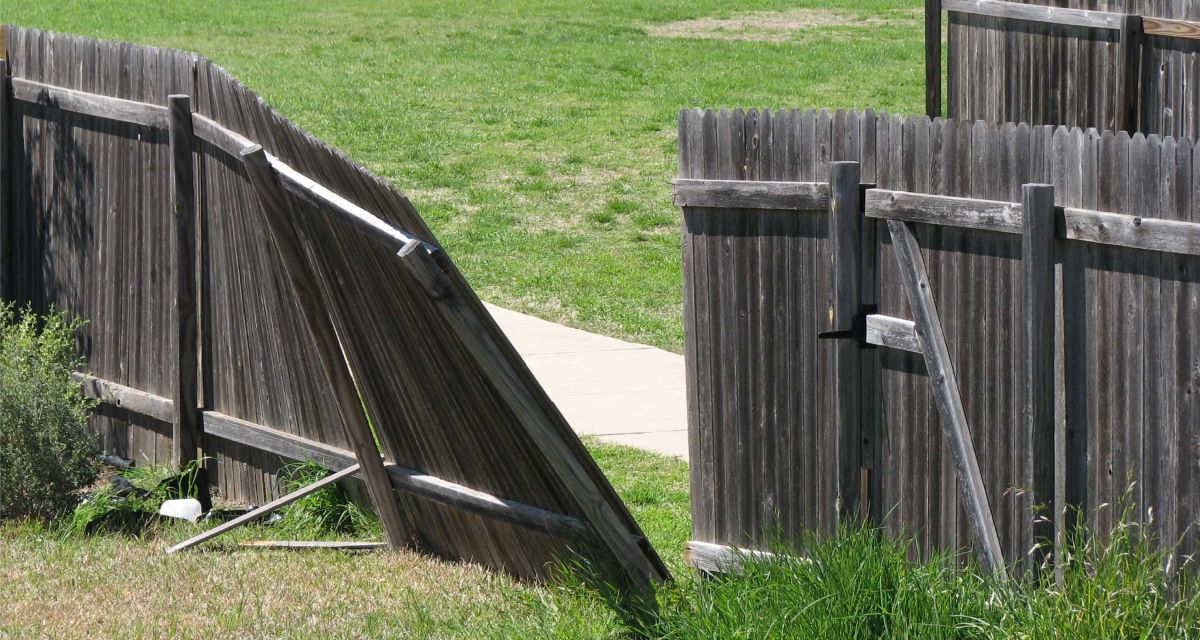

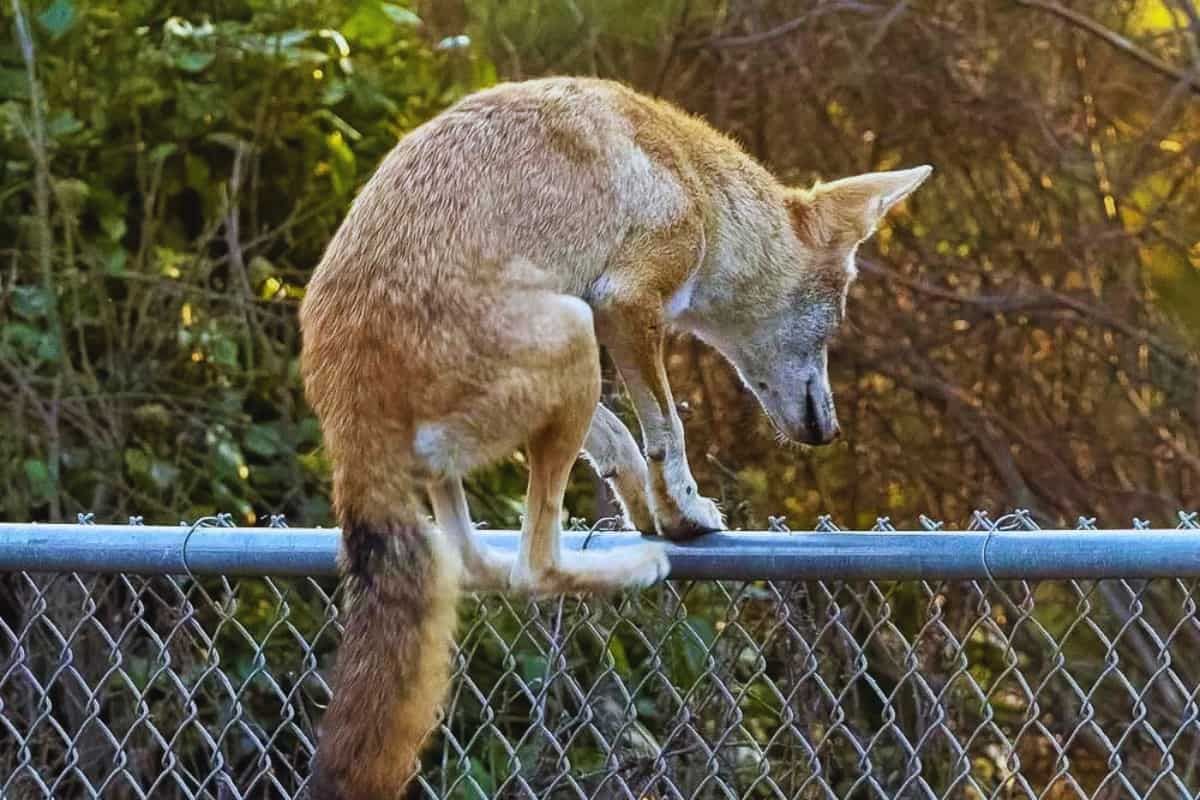


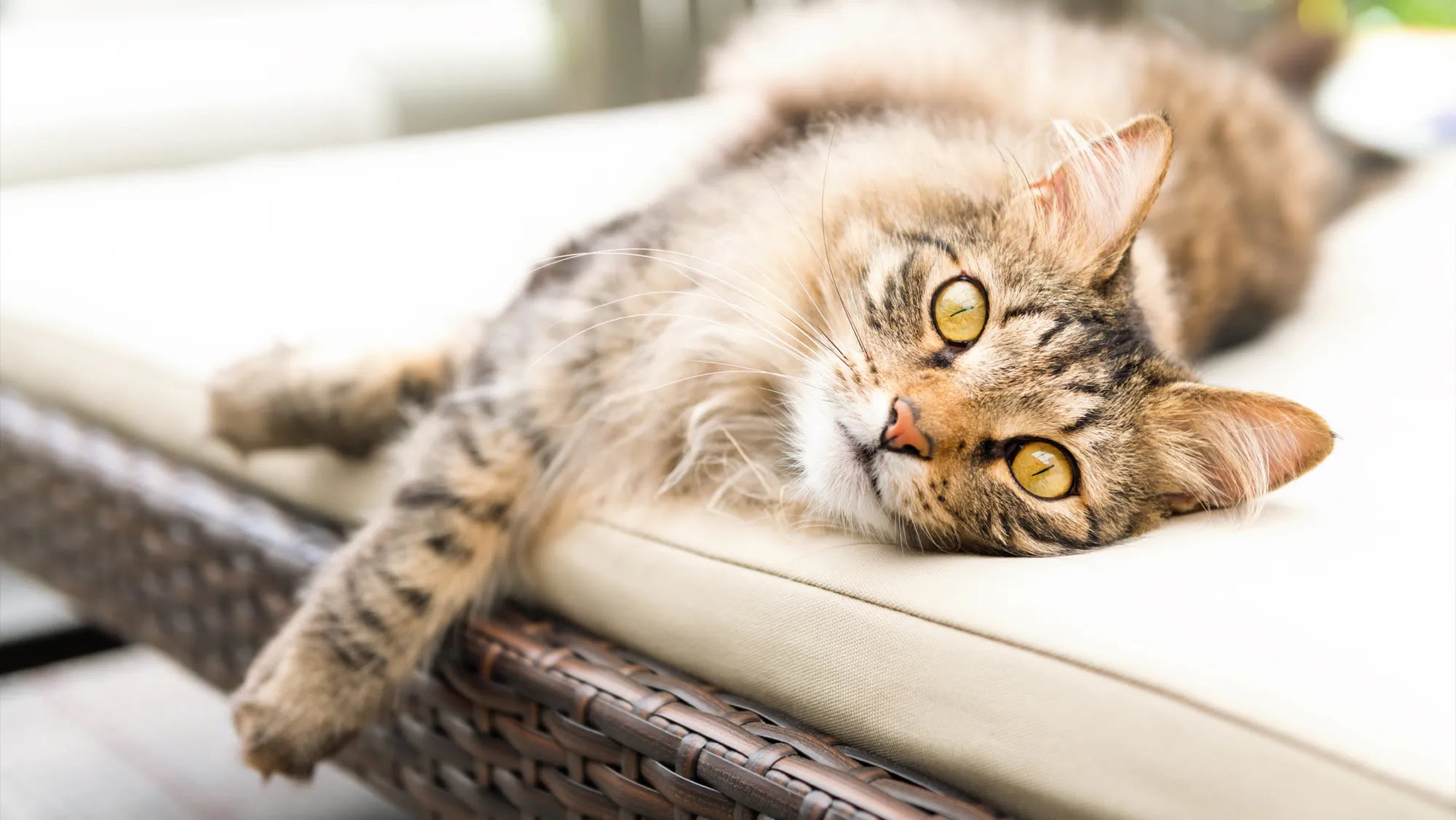
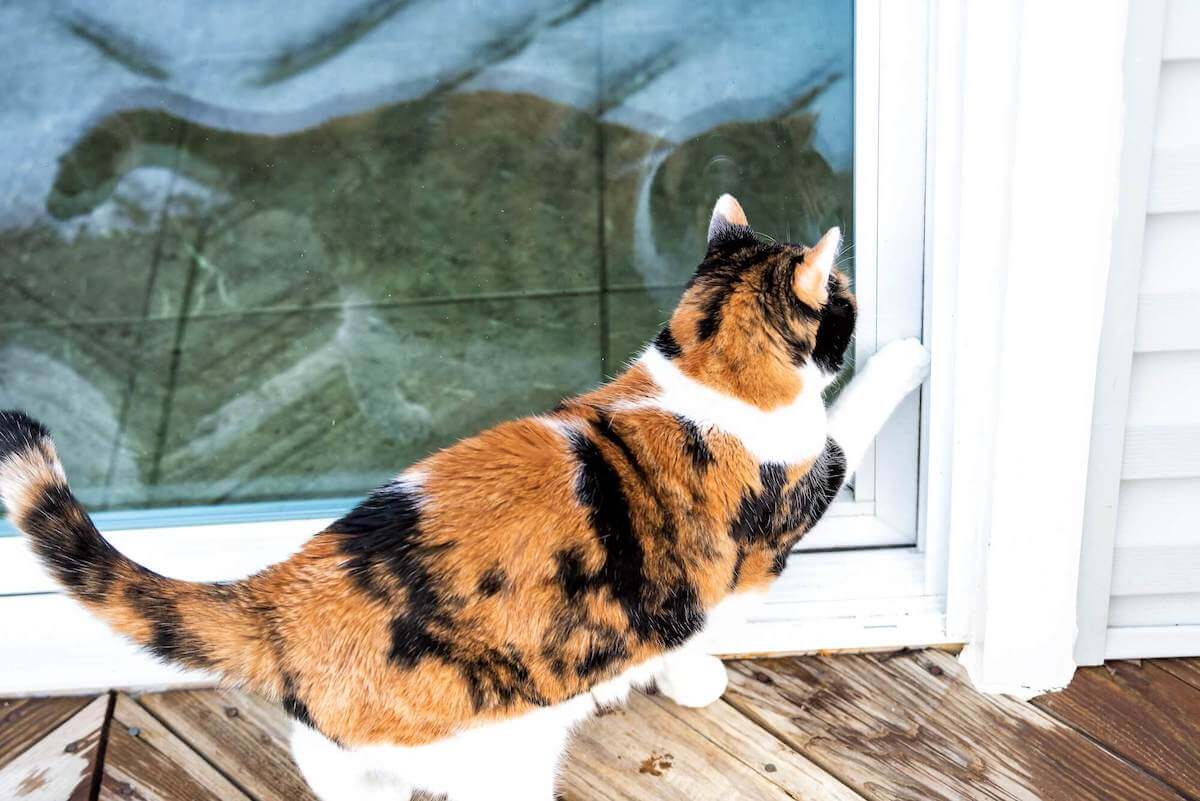

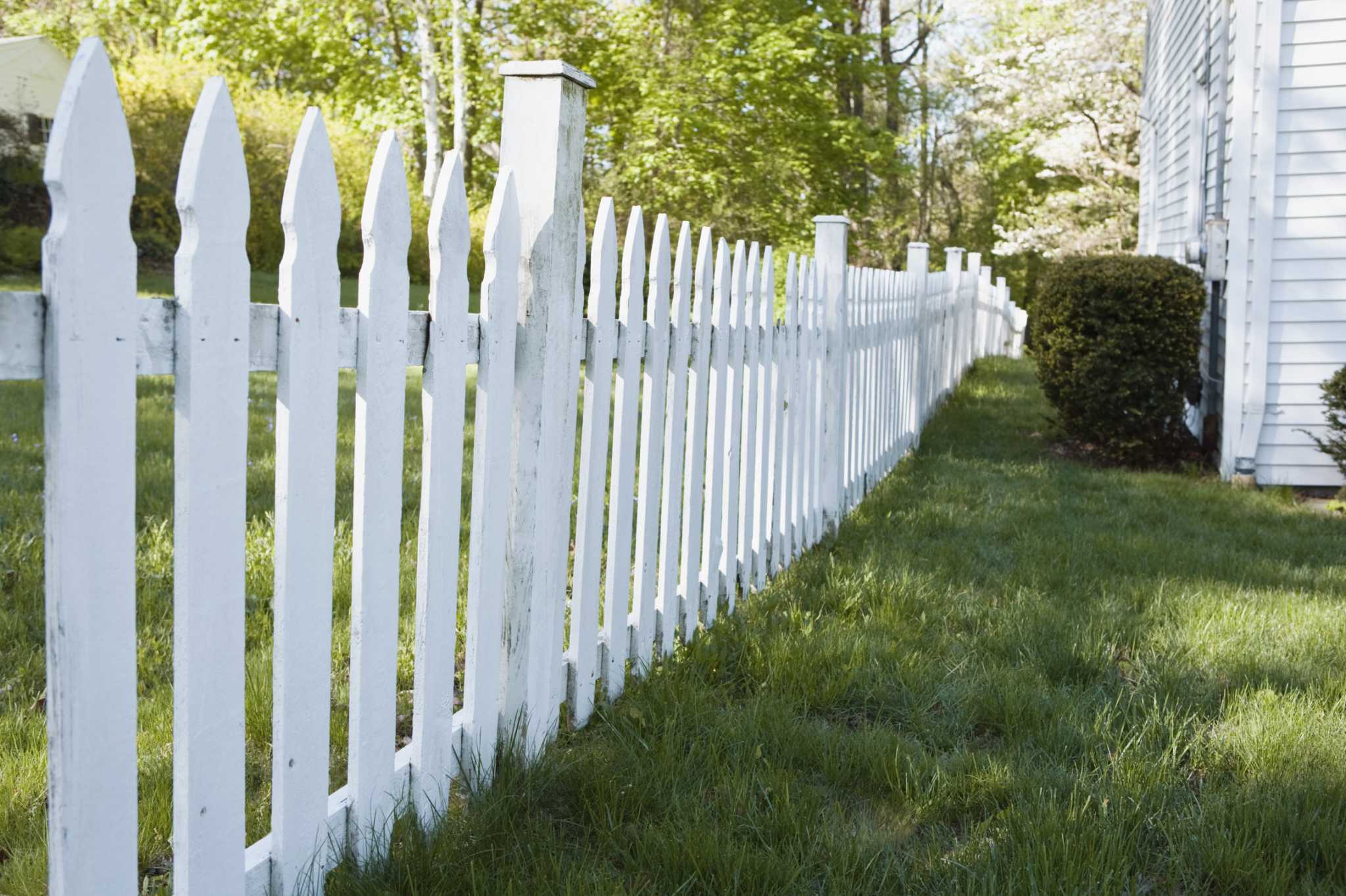
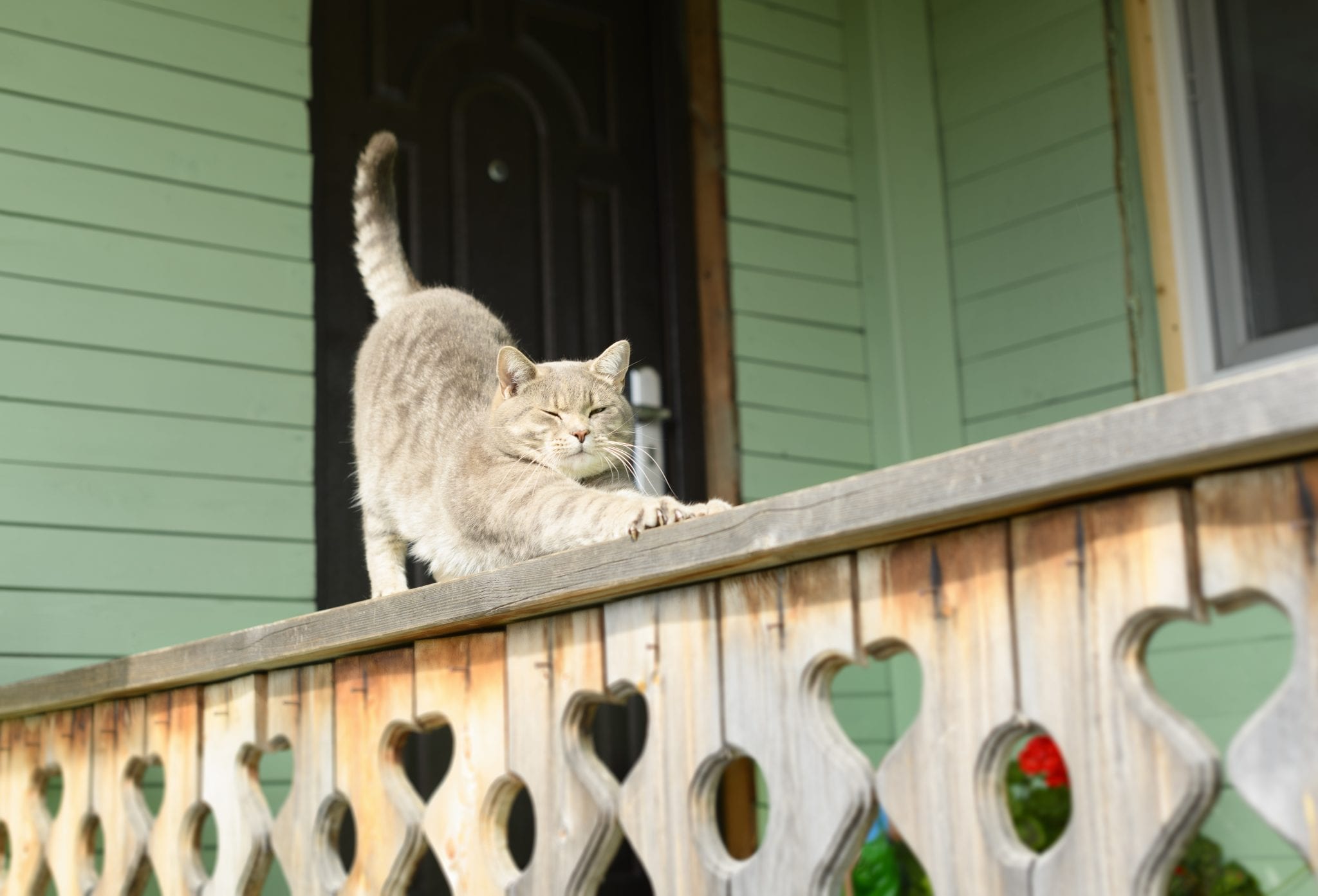



0 thoughts on “How To Keep Cats From Jumping Fence”